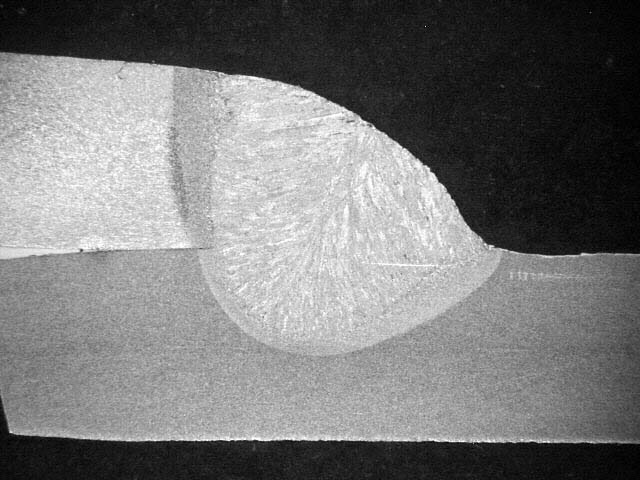

A hobbyist user must generate less than 1,000 USD in annual revenue, using Fusion 360 for home-based, non-commercial design, manufacturing, and fabrication projects. Needing a minimum of 40GB of disk space and 16GB RAM, though at least 32 is recommended for reliable performance. Autodesk Inventor, on the other hand, is very demanding.
#Formz vs fusion 360 free
For animation applications, it is typically not important to have a solid model as no engineering analysis needs to be preformed on the model so either surface or solid models can be used. How long is Fusion 360 free for hobbyists or for personal use Fusion 360 for personal use is free for 3 years for qualifying non-commercial users. Because its usability is internet-based, it only requires a minimum of 2.5GB of disk space and 3-44GB RAM to work satisfactorily. Also, if you’re a new company, 3 years or younger and you have 10 or fewer employees and generate gross revenue of below 100,000 you could qualify to use the program for free. The cost is 60 monthly, or 495 a year, or if you’re feeling really confident, 1,410 for three years. In addition to enabling mass property calculations they also permit interference detection. Where Fusion 360 really starts to shine is in its paid version. For part design, solid models are the preferred geometry. A solid model is often considered a complete definition of a 3D object with no ambiguity about the location of material and voids. In contrast, a solid model of a box not only includes the definition of the boxes’ 6 sides but information about which side of each of the 6 surfaces faces the inside of the box vs. As such the mass properties (its volume, centroid, etc.) of the box could not be determined from a surface model.

A surface model of a box would be the definition of the 6 sides of the box but without the knowledge that it fully encloses a volume. Whereas, a solid model includes the surfaces of the object and knowledge about the inside and the outside. As the names imply, a CAD surface model only represents the surfaces of an object without any information about what is on one side or the other of the surface.


 0 kommentar(er)
0 kommentar(er)
